Can a Child be Slightly Autistic?
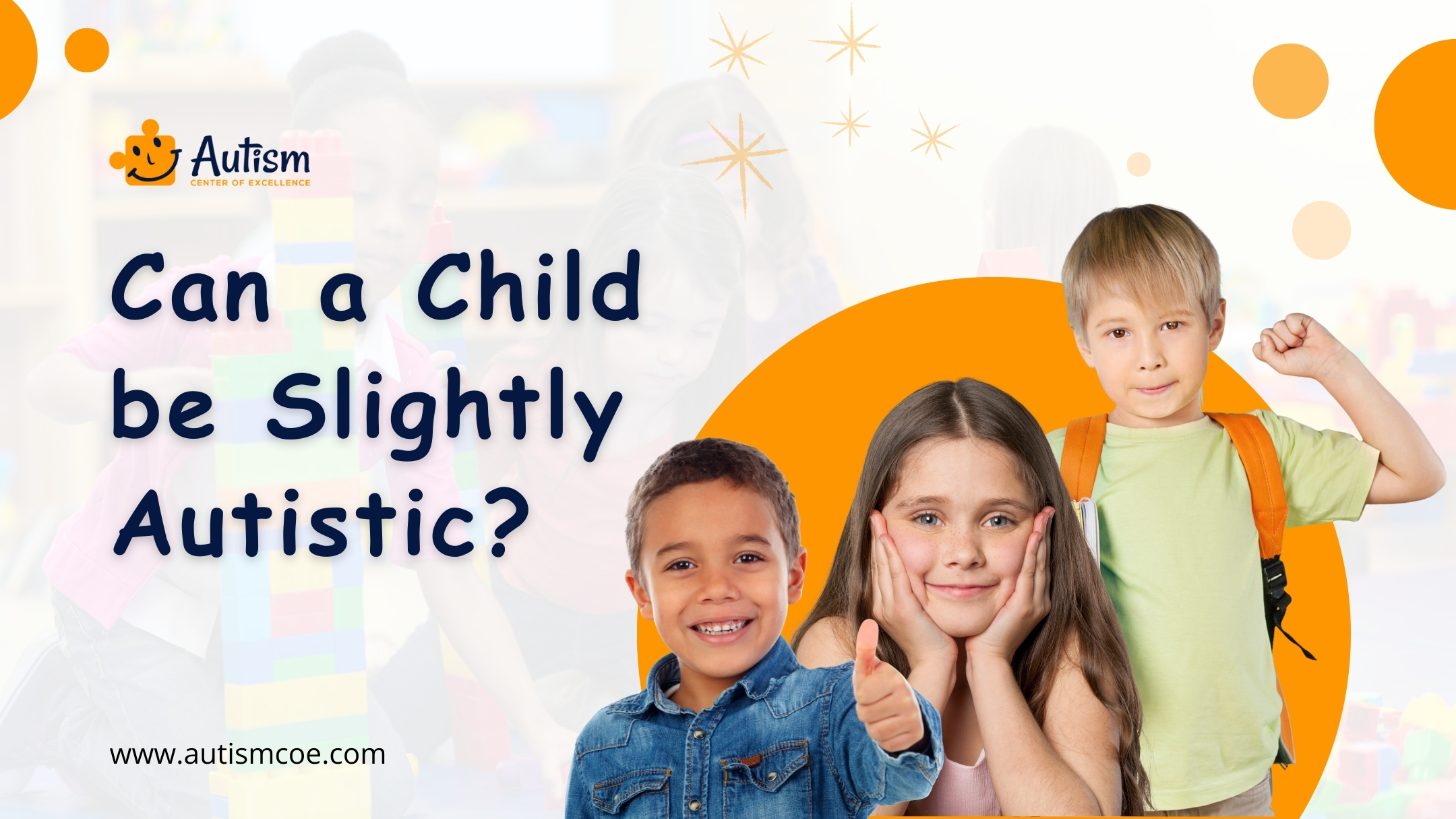
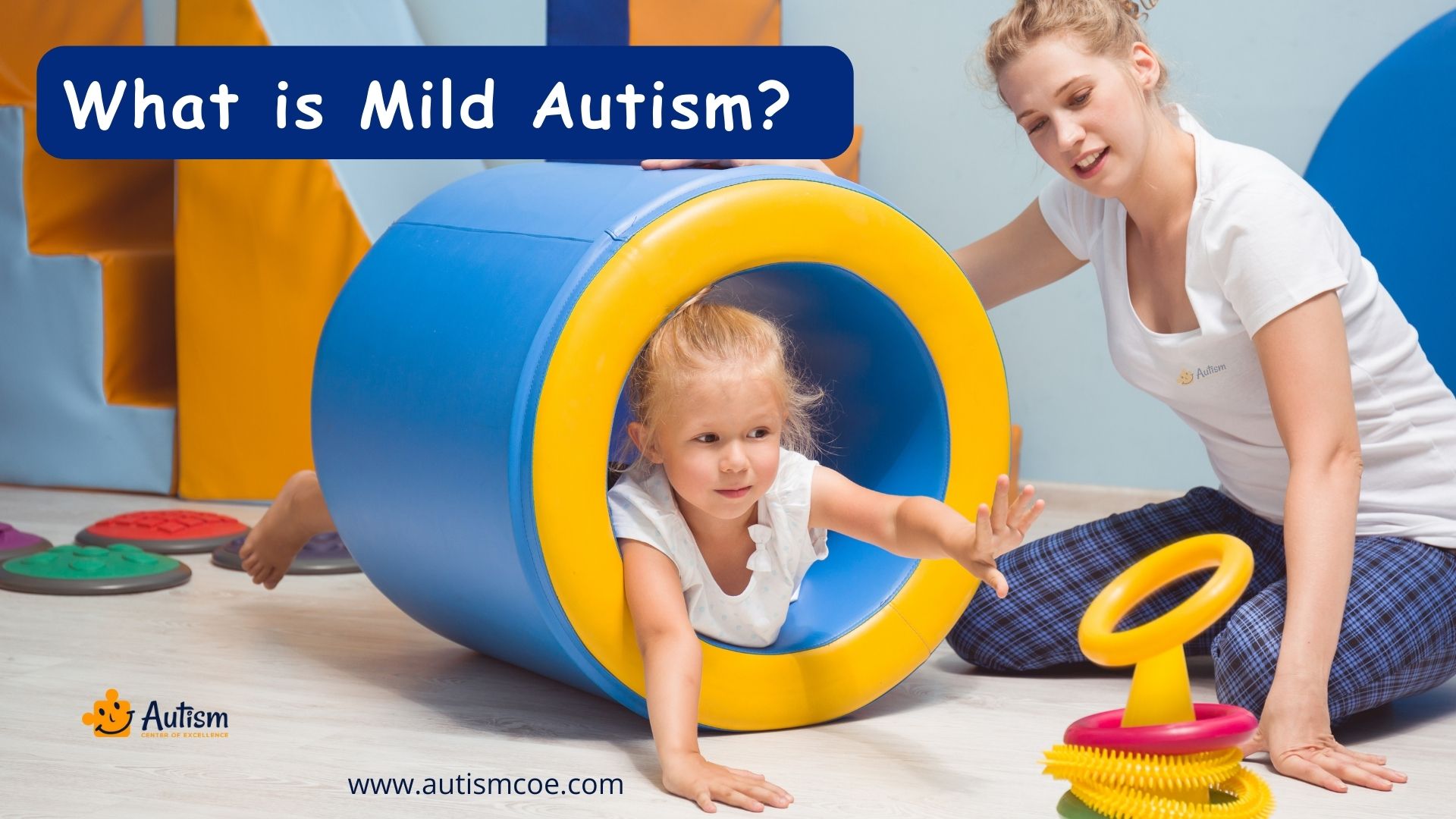
Understanding Mild Autism
Mild autism is part of the broader Autism Spectrum Disorder (ASD), which encompasses a variety of conditions characterized by challenges with social skills, repetitive behaviors, and communication. Think of it as a rainbow where each color represents different traits; some children may only exhibit a few of these traits, which we might refer to as “mild” autism.This might suggest a failure to recognize social cues or to have narrow interests as well as weak communication problems. The term “Slightly Autistic” normally refers to children who show subtle signs of autism while not having full symptoms as others have shown extreme manifestations of it. This child cannot sustain eye contact but in most aspects of everyday life would be typical, with minimal adjustments necessary. Understanding the spectrum helps in creating tailored support strategies for everyone’s unique needs.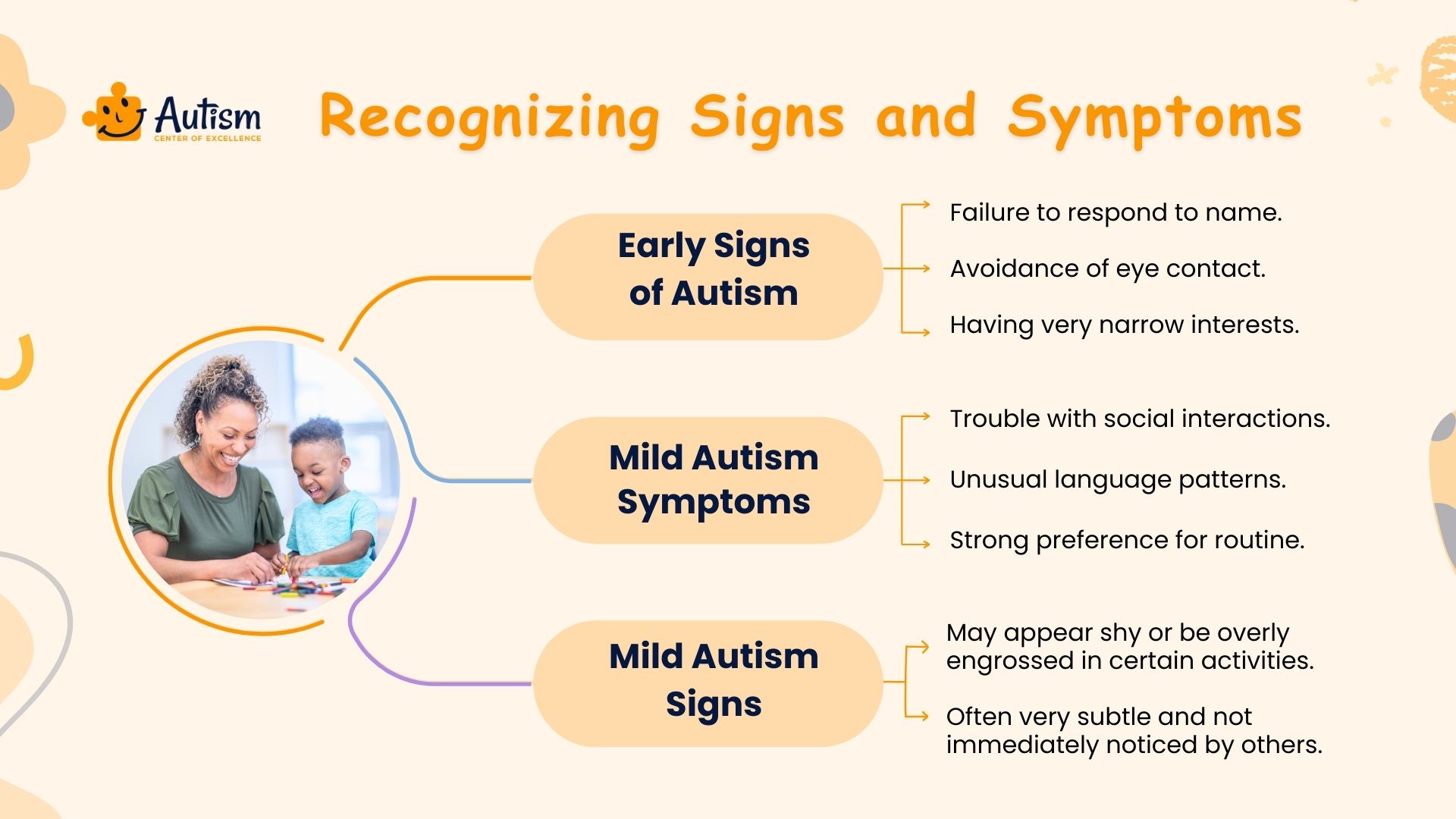
Identifying Signs and Symptoms
Early Signs of Autism Spectrum Disorder
- Failure to respond to name.
- Avoidance of eye contact.
- Having very narrow interests.
Mild Autism Symptoms in Children
- Trouble with social interactions.
- Unusual language patterns.
- Strong preference for routine.
Mild Autism Signs in Children
- Problems in understanding social cues, such as failure to identify when another is sad or excited.
- May appear shy or be overly engrossed in certain activities.
- Often very subtle and not immediately noticed by others.
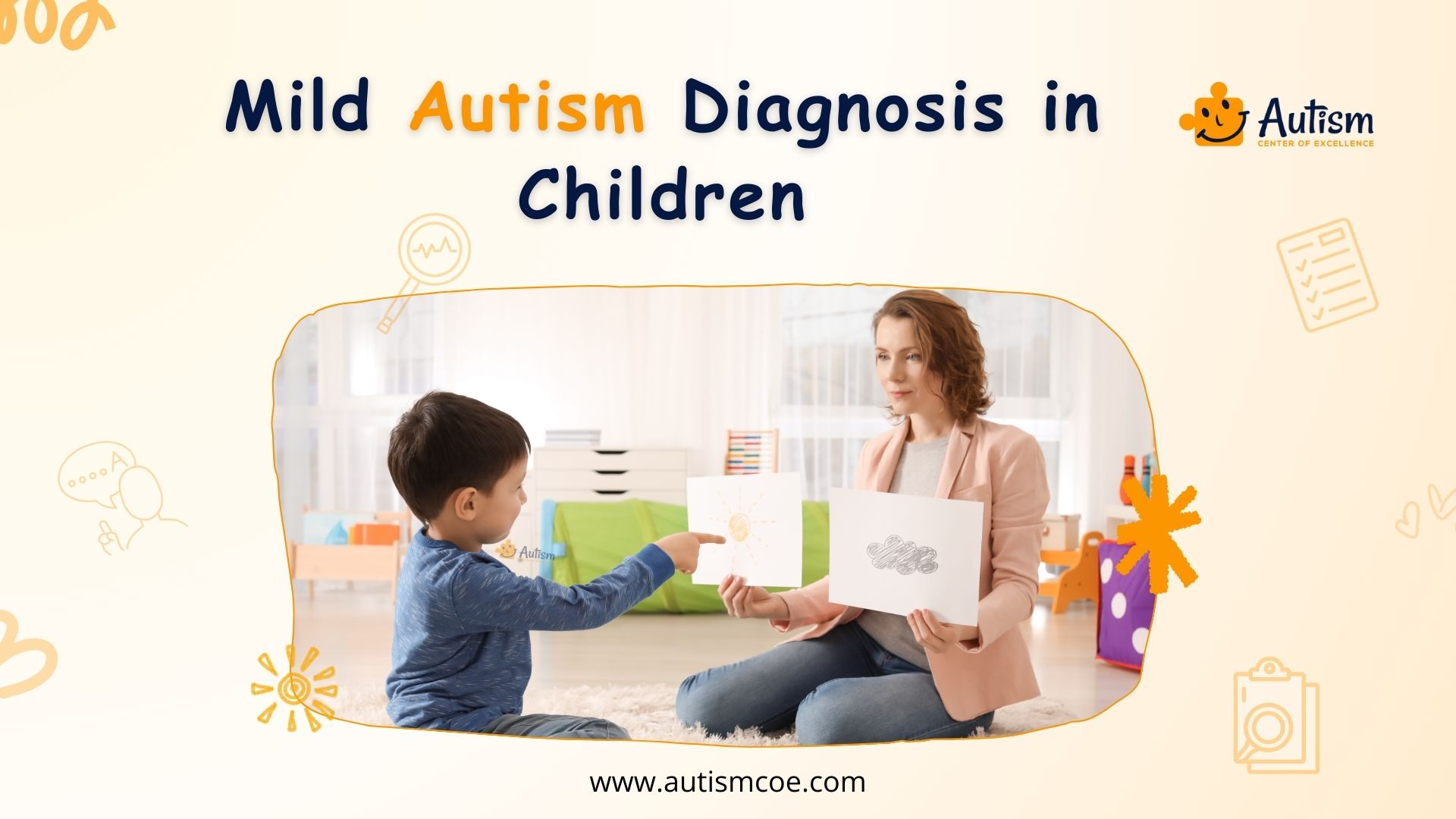
Slight Autism Diagnosis in Kids
Health professionals must understand and work out the peculiar needs of an individual through a full-scale assessment. This could even mean the behavior of a child with other people to establish if it communicates and whether the child repeats things. They will often ask about the history of the Child’s Development, including milestones such as speaking their first words or the ability to make eye contact.Other examples of tests that may be administered include standardized Developmental Assessment Tests for the determination of cognitive and adaptive functions. Early Diagnosis is key since it gives the child enough time to be intervened in and supported, like therapies that help improve social skills, communication, and daily living skills. This would set the stage for a brighter future in which those with mild autism could realize their full potential and quality of life could be enhanced.Enjoying Reading?
Join Our Weekly Newsletters!
Subscribe now to stay updated with our latest email updates.
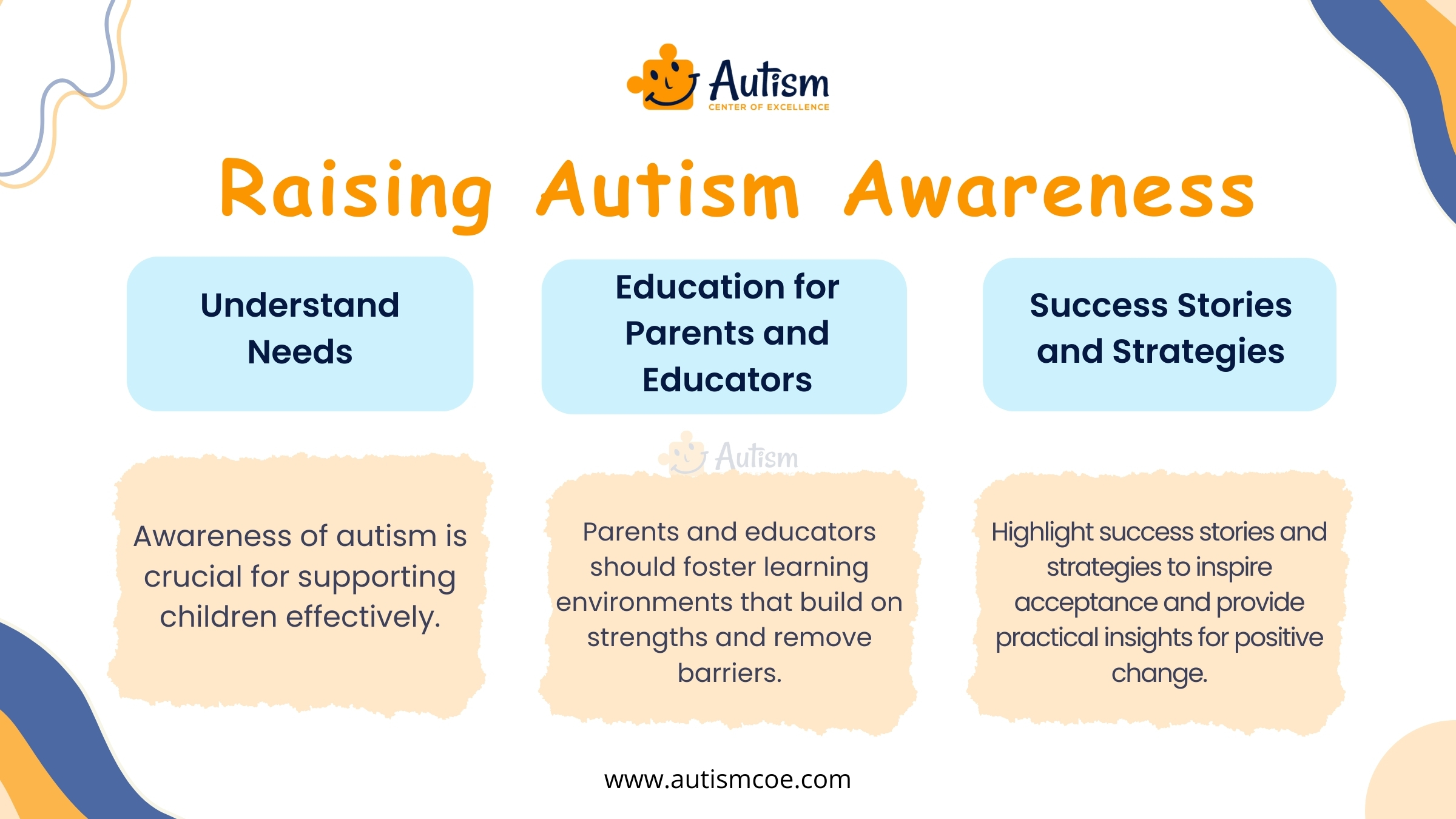
Raising Autism Awareness
Awareness is Key
Educate Parents and Educators
Success Stories and Strategies
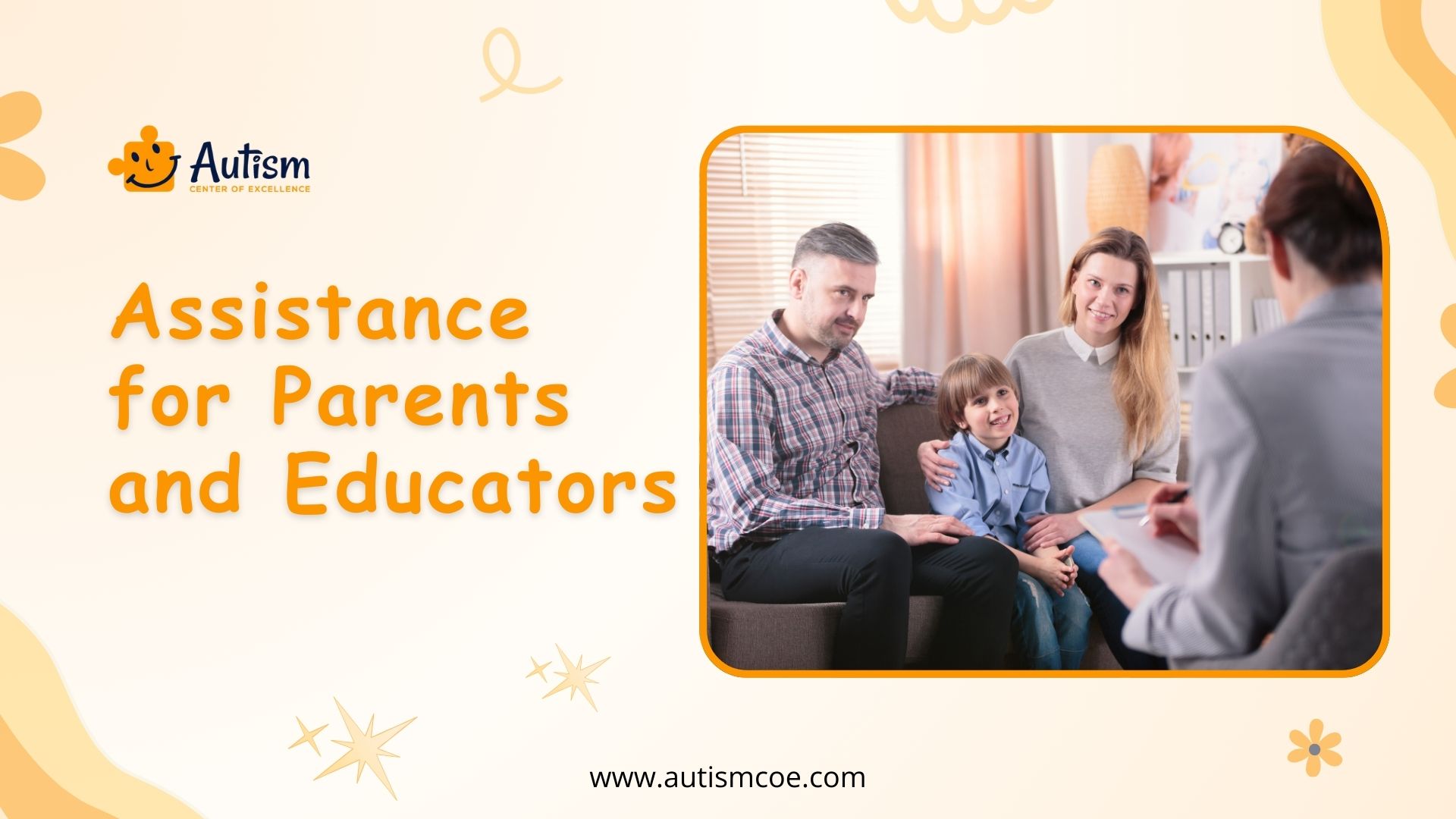
Support for Parents and Educators
For parents, management of mild autism can be managed at home through a set routine or engaging in an activity that may attract their child’s interest. It could be engaging their child in art projects, music lessons, or games, which can arouse the child’s curiosity and stimulate their creativity. Establishing a calm and predictable environment will reduce anxiety and make them more comfortable.Teachers can be of much help if they use teaching techniques suitable to a child’s own learning capacity, like pictorial learning, active involvement, and individualized learning plans, focusing on their strengths and weaknesses. This would facilitate the continuation of such help and learning.Resources for these efforts range from Center-Based ABA Therapy, School Readiness programs, Early Intervention services, and In-Home ABA Therapy, helping the diversity of needs these children and their families are in through tailored approaches. Comprehensive support has the capability to significantly develop and impact the child.Frequently Asked Questions & Answer
What Does It Mean for a Child to Be "Slightly Autistic" or Have Mild Autism?
What Are the Early Signs and Symptoms of Mild Autism in Children?
What is the Biggest Symptom of Autism?
Can Mild Autism Go Away With Age?
Conclusion
Early Recognition of the Signs of mild autism and understanding the support available would make a big difference in the development of a child. Children with Autism Spectrum Disorder may have behaviors like delayed speech, difficulty with social interactions, or even a strong preference for routines.
By fostering awareness and utilizing resources like those from the Autism Center of Excellence, which offers comprehensive assessments and tailored intervention strategies, we can ensure that every child has the opportunity to succeed in their unique way. Early recognition and continuous support will again be the keys to unlocking the potential of a child to thrive both in school and at home. If you’re concerned about your child, don’t hesitate to reach out to professionals for guidance, as they can provide valuable insights and support tailored to your child’s specific needs.

Bhavika Bhasin
Bhavika Bhasin is the Research and Marketing officer at AutismCOE. She works with children and adults with ASD. Her clinical research includes evaluating various available autism screening and diagnosis methods and their efficacy. She is currently developing a novel screening exam that is indicated to be more accurate than the existing available exams. She is also writes articles papers for various publications.

